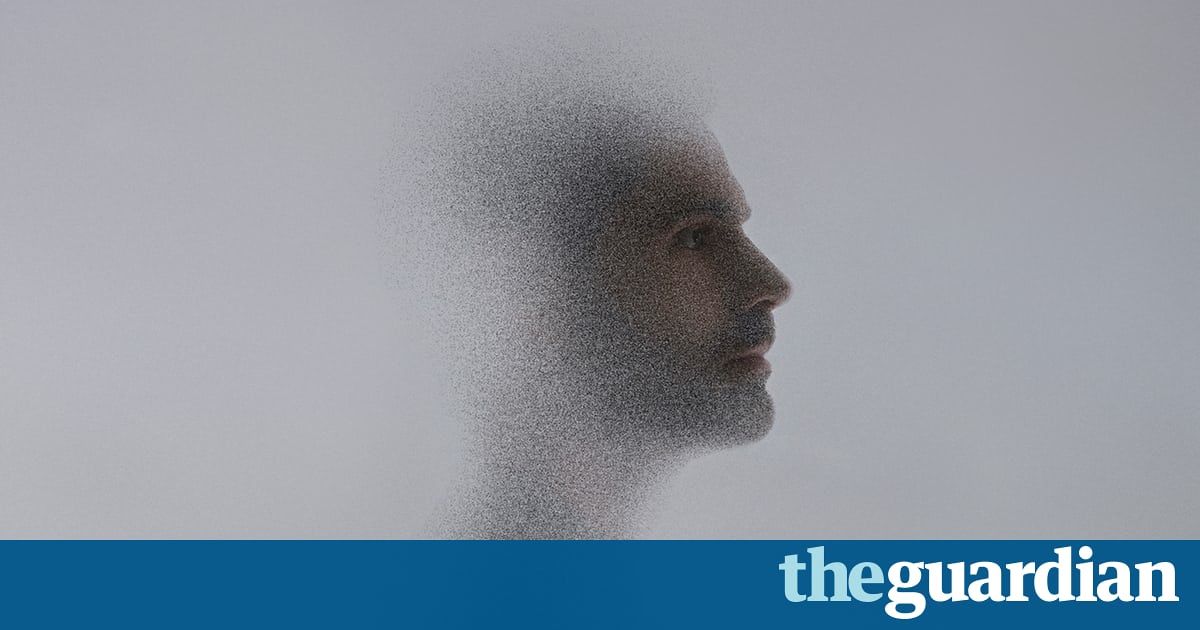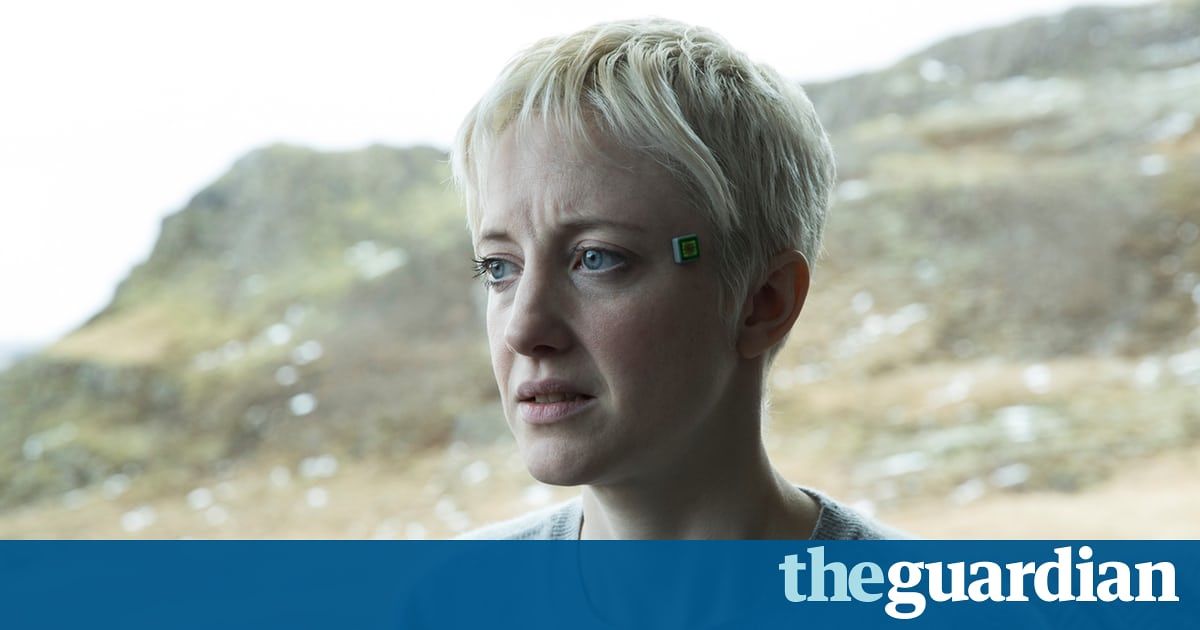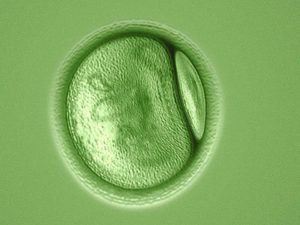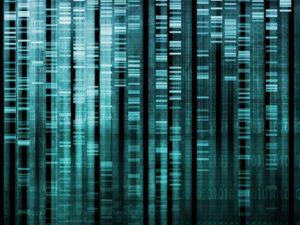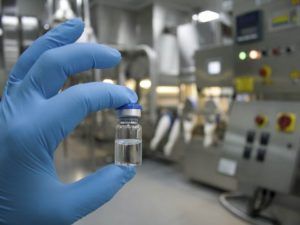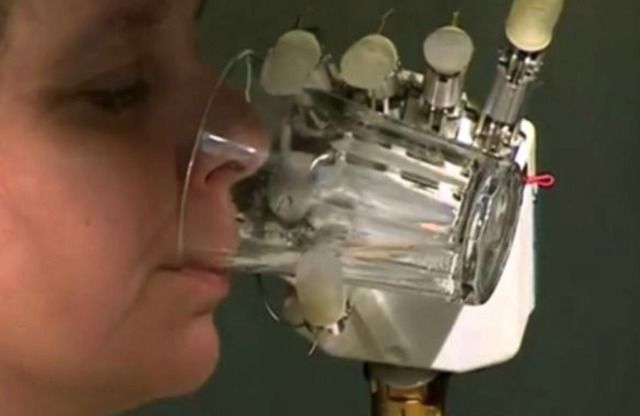The technology underpinning the new bionic hand was developed in 2014, but at the time, the equipment necessary to support it was so big the prosthetic limb could not leave the lab.
For Dennis Aabo Sorensen, who lost his hand in 2004 in a firecracker explosion, regaining the experience of touch was “fantastic.” He told CattolicaNews that “being able to feel different textures, understanding whether objects were hard or soft and how I was holding them was just incredible.”
Researchers found that Dennis was able to distinguish between a hard, soft or medium object in 78 percent of cases. In 88 percent of cases, he could correctly describe the size and shape of specific objects such as a baseball, a glass, and a tangerine. Three years later, Almerina has been given the same ability just by carrying a small computer in a backpack.
Read more
